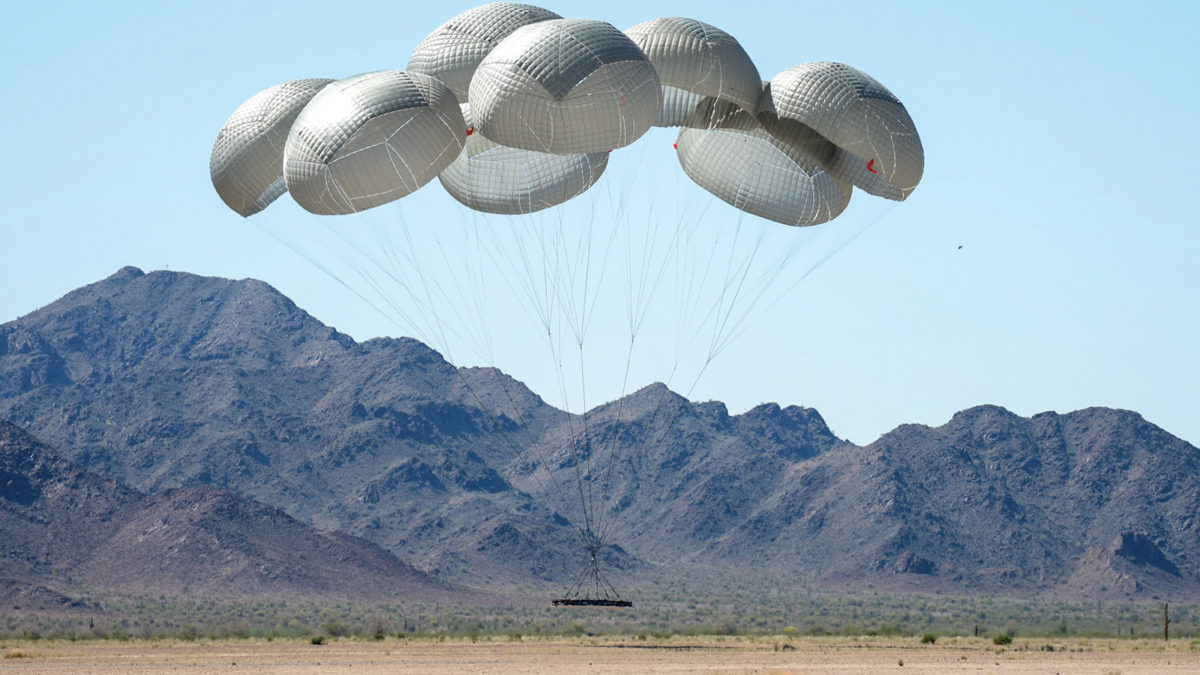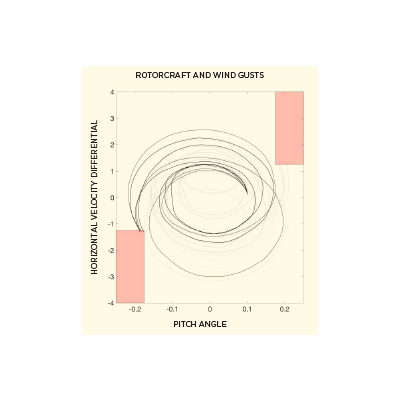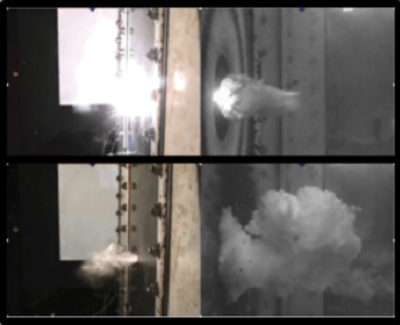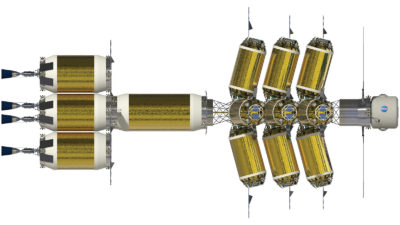Developing parachute systems for space and military
By Oleg Yakimenko|December 2019
The Aerodynamic Decelerator Systems Technical Committee focuses on development and application of aerodynamic decelerator systems and lifting parachutes, pararotators, and inflatables for deceleration, sustentation and landing of manned and unmanned vehicles.
Parachutes for the SpaceX Crew Dragon and the Boeing CST-100 Starliner spacecraft were tested throughout 2019, aimed at completion of qualification and reliability tests to fly humans in early 2020. Both companies have said they plan on starting human flight in 2020.
NASA declared the results of November’s Starliner’s pad abort test to be acceptable, even though one of the capsule’s three main parachutes did not deploy due to a loose pin.
The parachutes that will ensure NASA’s Orion spacecraft floats safely back to Earth passed a milestone in September with completion of the system acceptance review for the Orion Capsule Parachute Assembly System, or CPAS. The last major piece of paperwork certifying CPAS is scheduled to be signed in March 2020 after Lockheed Martin completes parachute mortar testing. Throughout 2019, the CPAS team at NASA’s Johnson Space Center in Houston also worked on installation of the flight hardware into Artemis-1 (formally known as Exploration Mission-1 or EM-1), which is the uncrewed lunar orbital test flight of the Orion capsule, expected to be launched in late 2021.
CCDC SC, short for U.S. Army Combat Capabilities Development Command Soldier Center, was focused during the year on developing technologies to improve cargo and personnel airdrop capabilities. CCDC SC conducted tests in March and June on self-guided cargo systems, including novel control methods and sensors to increase accuracy in environments without GPS. Follow-up tests were scheduled for October and December. Throughout March and July, CCDC SC conducted modeling of flow behavior around various cargo aircraft to test the interaction with both cargo payloads and human jumpers. Work on added safety for troop parachutes included the development of an automatic activation device for the T-11 reserve parachute employed during static line mass assault operations and a smart snap hook that notifies aircrew in the rare event of a towed parachutist.
In May, CCDC SC began developing key components of the Heavy Equipment Large Low Velocity Airdrop System for 27,000- to 36,000-kilogram payloads. It also ground-tested the ATAX modular airdrop platform -— which uses airbags — culminating in two crane drops in preparation for live airdrop testing.
The U.S. Army Product Manager Force Sustainment Systems, or PM FSS, completed testing in August of the G-16 cargo parachute, which will replace the G-11 cargo parachute that was introduced 60 years ago. The G-16 can be deployed at lower altitudes because it has a new method for controlling the canopy’s opening. The G-16’s construction can cut the cost over the life of the parachute because of its modularity and simplified repair procedures. Zodiac Parachute and Protection America, now called Safran Parachute & Protection America, developed the parachute with Fox Parachute Services under contract to the Army.
In April, PM FSS also completed testing of the Extracted High- and Low-Speed Container Delivery System, or EHLSCDS, which includes the G-15 cargo parachute, 2.8-meter-diameter high-speed extraction parachute and A-24 cargo container. EHLSCDS can deliver up to eight extracted CDS payloads at altitudes as low as 160 meters with indicated airspeeds of up to 426 kph and is compatible with both C-17 Globemaster III and C-130J Super Hercules cargo aircraft. Airdrops with high-speed extraction at low altitude reduces both exposure on the drop zone and threat to aircraft. The G-15 will be a partial replacement for the legacy G-12 until future payload certification work will allow for the G-12’s full replacement.
Contributors: Ricardo Machin, Kristen Ryan and John Watkins



































